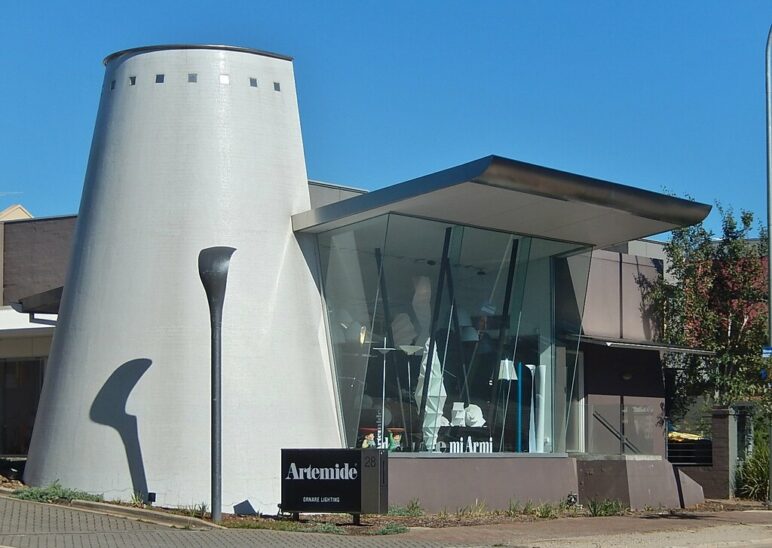The Role of Architectural Design in Creating Healthy and Productive Workspaces
Architectural design plays a fundamental role in shaping our built environment, and this influence extends beyond aesthetics and functionality.
A well-designed workspace can have a profound impact on the well-being, productivity, and overall satisfaction of the people who occupy it. In recent years, the focus on creating healthy and productive workspaces has gained traction as organizations recognize the importance of employee well-being in driving success and creativity.
This article explores the critical role of architectural design in crafting workspaces that promote health, happiness, and productivity.
1. Natural Light and Biophilic Design

One of the most crucial elements of a healthy workspace is access to natural light. Exposure to natural light has been proven to improve mood, enhance focus, and regulate the body’s circadian rhythms. Architects can integrate large windows, skylights, and open floor plans to maximize natural light penetration.
Additionally, incorporating biophilic design principles, such as indoor plants and natural materials, fosters a connection to nature, further enhancing the well-being of employees.
2. Ergonomics and Comfort
Ergonomics is the science of designing spaces and objects to fit the needs of the people using them. In the context of office spaces, ergonomic design ensures that furniture, workstations, and equipment support good posture, reduce strain, and prevent injuries. Comfortable seating, adjustable desks, and proper lighting all contribute to a healthier and more productive workspace.
3. Sound Management

Noise pollution can significantly impact productivity and concentration. Architectural design can address this issue by implementing sound-absorbing materials, strategic placement of walls and partitions, and acoustic panels.
Creating designated quiet spaces or acoustic pods can provide employees with the opportunity to focus and recharge when needed.
4. Flexibility and Adaptability

Modern workspaces require flexibility to accommodate various work styles and changing needs. Architects can design flexible layouts that allow for easy reconfiguration and adaptability. Mobile furniture, modular partitions, and multipurpose spaces enable employees to customize their work environment to suit their preferences and tasks, promoting a sense of ownership and empowerment.
5. Integration of Wellness Spaces

Including wellness spaces within the workspace encourages employees to take breaks and prioritize their well-being. Designing relaxation areas, meditation rooms, or fitness centers within the office environment promotes physical activity, reduces stress, and fosters a positive work culture.
6. Sustainable and Green Design

Sustainable design practices not only benefit the environment but also contribute to the well-being of occupants. Energy-efficient lighting, proper ventilation systems, and responsible use of materials improve indoor air quality and create a healthier environment.
Green building certifications, such as LEED (Leadership in Energy and Environmental Design), validate the commitment to sustainability and employee well-being.




Add Comment